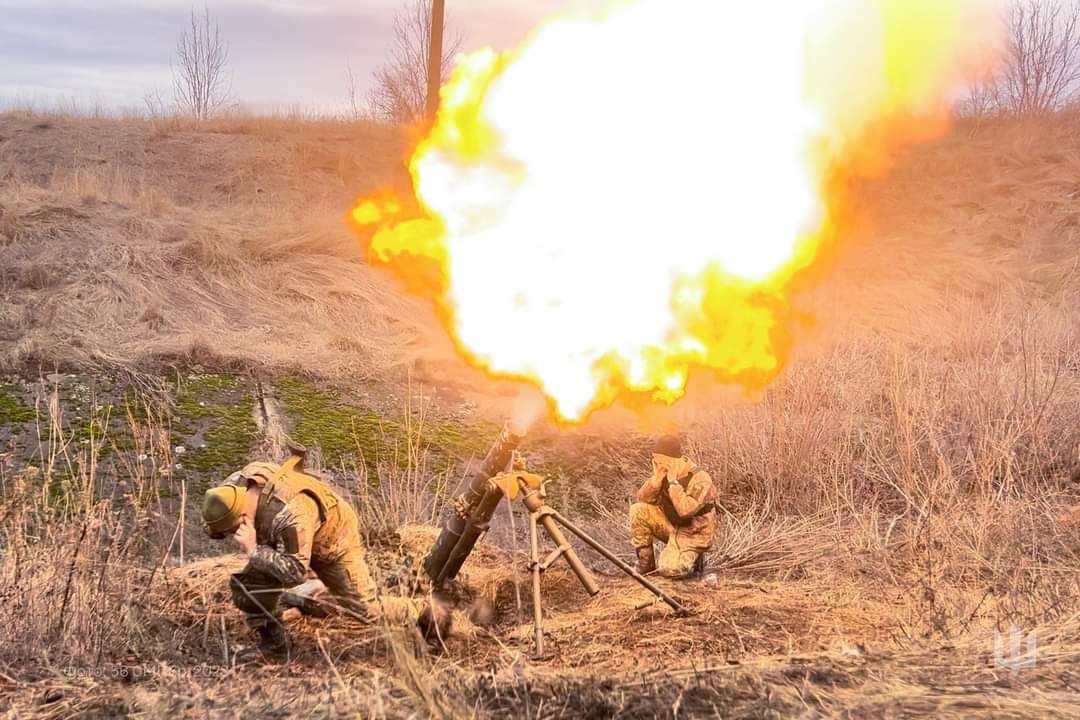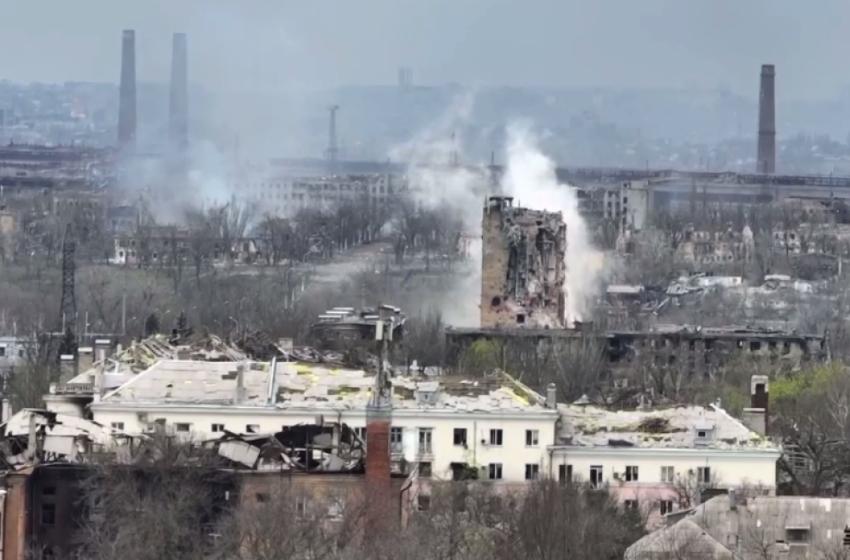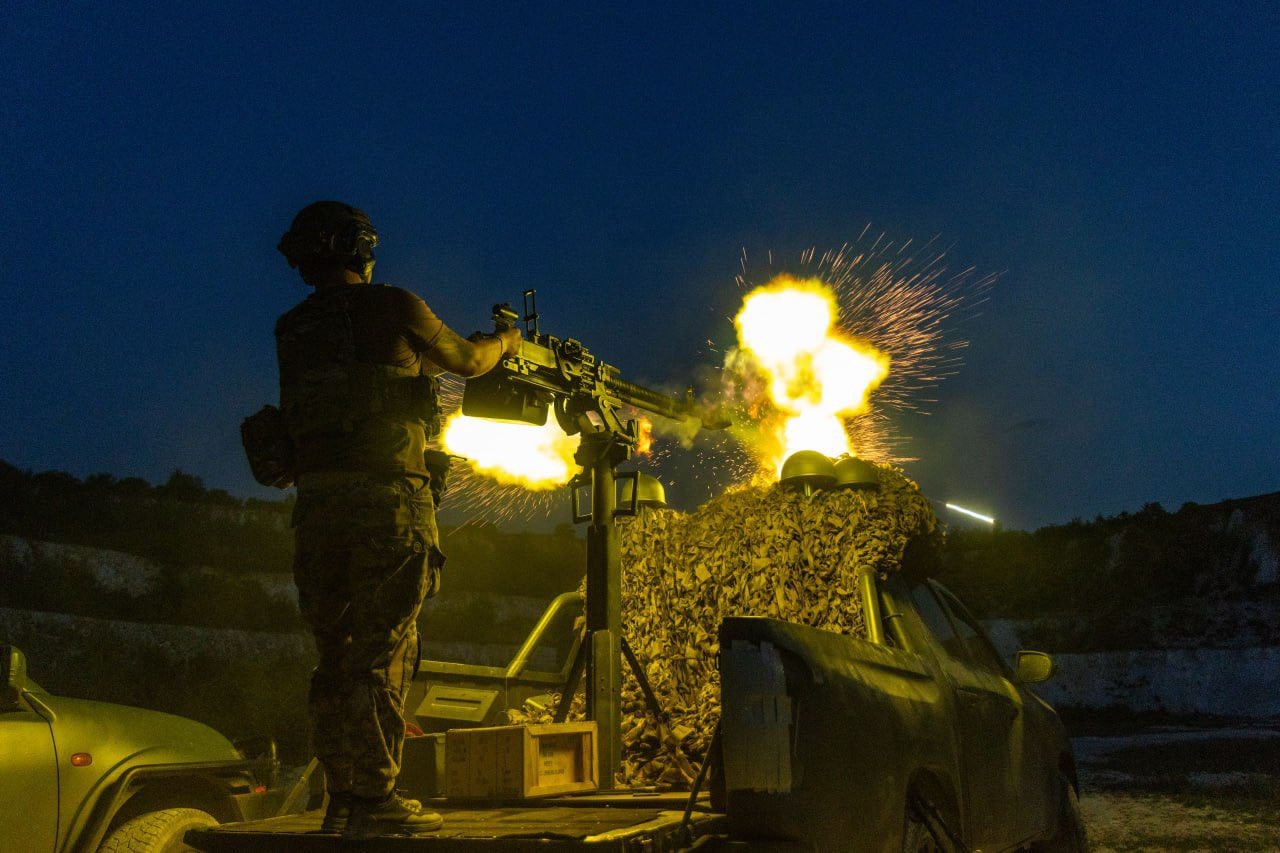By Serhiy 'Flash' Beskrestnov for Glavcom
All major frontline cities are in the zone of airstrike threat from the enemy's UAVs and have been suffering from this for a long time. Russian means of attack, from 'maviks' to the simplest UAVs, reach Kherson. FPV drones and strike drones also reach Zaporizhzhia because the distance from the frontline is about 30 km, and most of it can be flown over water, where visibility and radio communication are quite good.
Recently, the number of attacks on Sumy and the Sumy region has increased. The distance from the frontline to Sumy is quite large, but even there, 'Lancets,' cheaper UAVs like 'Molniya,' and a new type of drones controlled by mobile communication signals are reaching. In other words, the Russians are seeking and deploying new types of strike drones in these directions.
For example, if it's an FPV, it is large in size with relay systems that allow for long flight distances. Recently, a new type of UAV was shot down, one that we had never seen before: a homemade strike device that reached Sumy and circled above the buildings there. Many of these UAVs are inaccurate: they do not target military objects but are more focused on terrorizing the population. There was an incident when such a drone fell in the center of Sumy, and a person died in a civilian car, which was clearly not a military target. So, if they manage to find a target, great; if not, they strike wherever they can.
As for the GAB bombs, the situation globally hasn't changed: we still don't have a panacea, a universal means to counter them. The only countermeasure is radio-electronic warfare (REW) equipment. But the flight time of a GAB is very short: during these few minutes, it's quite difficult to influence the satellite navigation system that guides the aerial bomb. However, our manufacturers and developers are not giving up; they are conducting experiments, and we have had some successes. With REW, we can at least divert GABs from critical infrastructure, but they still fall somewhere on our territory.
The situation with REW systems, like with air defense, is always on the edge. No one is immune from where something might fall. REW is not magic: we can and do divert GABs, cruise missiles, and some ballistic missiles. This protects critical infrastructure and important positions, but unfortunately, it doesn't destroy the missile in the air or force it to fly back.
If we can't fight a certain type of weapon for any reason, we must work on prevention. For example, when a Su-35 takes off to drop a GAB, our air defense sees it and informs all the military. We understand that a bomb will be dropped, roughly know the vector of its drop, and can estimate the flight direction... People can be warned in time, and they will have at least a few minutes to take cover. In other words, the strike won’t catch them off guard in an open field, and they will have time to dive underground. This really helps, and we would like to see these warning systems developed further, not just for the military but also for civilians. Ideally, it should be a signal from an app on their phones, not a warning in some group that needs to be read.
We have successfully targeted fighter jets, but for this, we need special missile complexes capable of intercepting the fighter from a long distance and tracking it to hit. However, missiles with homing heads are very scarce. The Russians have a clear scheme for their strikes: the fighter approaches, for example, 50 kilometers from the frontline, goes up, drops the bomb, and then flies away at maximum speed. Everything is calculated to the second so that we cannot react to such maneuvers with available complexes, like "Buk" or S-300. They don't take risks, and their pilots care for their lives, not getting too close to our territory. However, we reduce the number of GABs by attacking warehouses at airfields where they are stored.
We are in an information war zone, and many Russian channels focus on urging civilians to leave Sumy, saying "leave, abandon everything." This psychological pressure is supported by strikes. Therefore, residents of frontline cities must understand that they are at risk, respond to air raid signals, avoid mass gatherings, and consider their own safety measures.
Residents of the regional center are already feeling and seeing everything happening. Of course, the number of missile strikes and UAVs entering the city has increased. We can't say that this is an absolute catastrophe or that the Russians are throwing all their forces into air attacks, but the number of these attacks has significantly increased.
When we talk about strike UAVs controlled from the ground, the presence of heights from which they can be controlled is very important. Our guys in the part of the Kursk region they occupy are effectively holding these heights to prevent the enemy from using them to attack Sumy. From these heights, UAVs can be launched, and artillery systems, including multiple rocket launchers, can fire. This aspect is often overlooked. In the Kharkiv direction, this is not the case.
Every day, we receive different information—first about an offensive on Sumy and Kharkiv regions, then about a possible attack on Chernihiv, and information from the Zaporizhzhia region regarding enemy troop buildup... It creates the impression that they are attacking us from all sides. No one can predict exactly which strike will be the main one and which will be a diversion. We have many bloggers who love to change their predictions daily and keep their audience in constant suspense. I would just urge people to be more reasonable and not listen to these stories, because only a person who has all the intelligence information on troop movements can make real conclusions. And it's definitely not bloggers.
In all frontline cities, there are military personnel, and they won’t be leaving anytime soon. We can't disband them, withdraw them, or relocate them because they are always active. Somewhere, two people meet, somewhere three are awarded, somewhere five enter a café... And any of these facts can "leak" to the enemy, who will then find a reason to justify strikes with Iskanders.
Of course, an Iskander attack on the center of a peaceful city is a terrorist act. Even if all of NATO's military gathered there, it would not justify firing cluster munitions at a civilian city. I just urge the following: in all frontline cities, try to minimize actions and activities that could provoke the enemy into launching such strikes. After all, Iskanders are expensive weapons that the Russian Federation conserves. And not because they love our population and care about children, but because this resource is limited.
If they just want to "terrorize" the population, they can use cheaper, less precise means like the S-300 SAM system, Tornado MLRS, etc. Iskanders are kept for precise strikes, triggered by information from reconnaissance UAVs conducting aerial surveillance. They have been used to strike training grounds, where exercises are held, and to target our soldiers working with drones...
The second source of information is traitors, who report what and where things are happening in our territory. For example, a traitor sees five or ten English-speaking people gathering in a café. In reality, these could be journalists filming a segment. The informant calls his Russian handler and says, "NATO instructors are gathering here." So even such an innocent gathering of English speakers can lead to negative consequences.
Therefore, we must avoid gatherings of people in uniform or organizing large public events. We should move away from this practice. If it's a military unit, avoid the concentration of vehicles and military equipment. We should avoid large groups of civilians showing up at places where such activity never occurred. If it's a derelict factory, and all the local retirees know it hasn't been operating for 40 years, but suddenly 500 people appear, it will raise questions from informants and the enemy, who are always watching. Of course, we can’t predict what information might "leak," but we can at least avoid provoking the use of ballistic weapons in places where it is unnecessary.





















